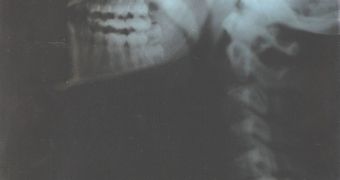Damaged nerves mean that the flow of electricity coming or going to or from the brain no longer reaches its destination. This can happen during an accident, or it can be an inherited disability. Either way, the quality of life for people suffering from damaged nerves is significantly lower than that of average people, as broken nerves can often produce paralysis.
Modern-day science is currently trying to correct defects that may have seemed impossible to heal even a few years ago. Apparently, health experts decided that light was the best way to repair damaged nerves. At first, they used rats to test their theory. In the lab, scientists at the Massachusetts Institute of Technology (MIT), made neurons in Petri dishes think they were light receptors. This isn't nearly as easy to do as it may seem.
The team used viruses carrying the ChR2 gene, which codes a light-sensitive protein called channelrhodopsin-2. This made the neurons start secreting the protein, and thus they became able to respond to light stimuli. "The nerve cells think they are photoreceptors," Case Western Reserve University neuroscientist Jerry Silver said in 2005, when the first experiments began.
In the tests, mice were subjected to surgeries, and a part of their spinal cord was cut. The severed portion controlled a side of the diaphragm, so, naturally, the mice were left with breathing problems. Similar injuries are the lead cause of human deaths, following accidents.
After the surgeries, ChR2 was injected below the damaged area. After four days, the researchers operated on mice again, and shone visible light on the nerves. After three 5-minute long cycles of 1-second long pulses, "A bizarre seizure activity started," said Silver. After this episode, normal breathing settled in, with both sides of the diaphragm working fine, although they were not regulated by the brain.
This research could open up new paths of analysis for treating serious spinal cord damage, as the study proved that, if needed, secondary pathways can be activated to replace primary ones. In the future, small light-emitting devices could be installed next to spinal nerves, and thus eliminate the need for numerous surgeries on patients suffering from diaphragm paralysis.

 14 DAY TRIAL //
14 DAY TRIAL //